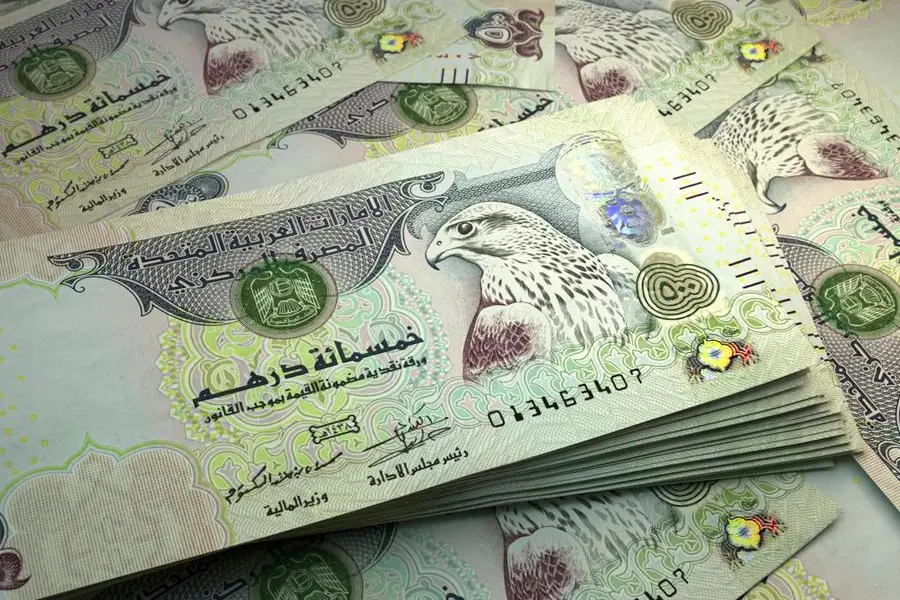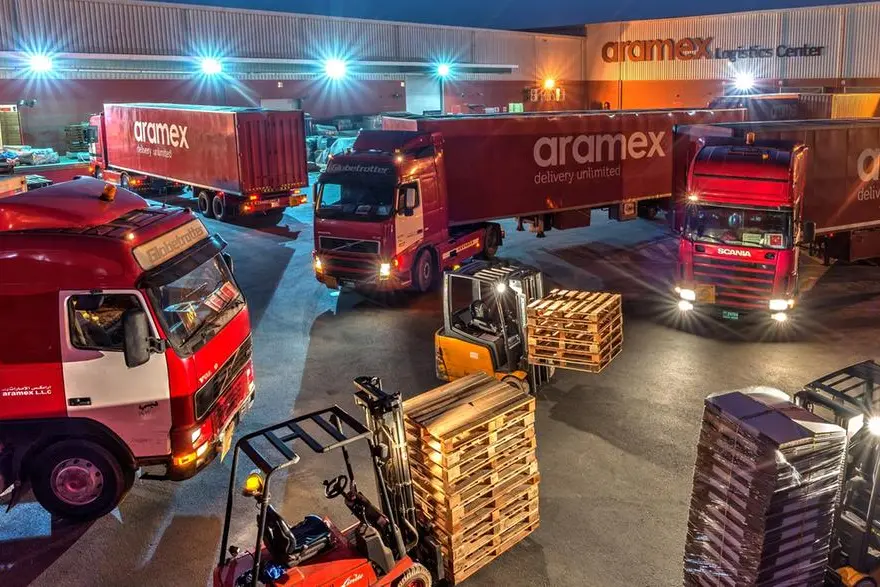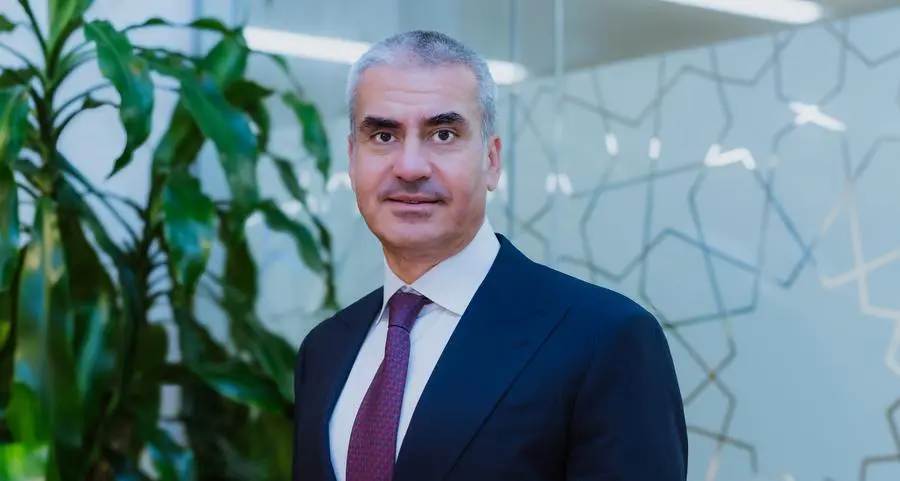PHOTO
Money of United Arab Emirates. Getty Images Image used for illustrative purpose.
WASHINGTON: After a period of strong growth during 2021-2022, officially recorded remittance flows to low- and middle-income countries (LMICs) moderated in 2023, reaching an estimated $656 billion, according to the World Bank’s latest Migration and Development Brief, released today.
The modest 0.7% growth rate reflects large variances in regional growth, but remittances remained a crucial source of external finance for developing countries in 2023, bolstering the current accounts of several countries grappling with food insecurity and debt issues. In 2023, remittances surpassed foreign direct investment (FDI) and official development assistance (ODA).
Looking ahead, remittances to LMICs are expected to grow at a faster rate of 2.3% in 2024, although this growth will be uneven across regions. Potential downside risks to these projections include weaker than expected economic growth in high-income migrant-hosting countries and volatility in oil prices and currency exchange rates.
“Migration and resulting remittances are essential drivers of economic and human development,” said Iffath Sharif, Global Director of the Social Protection and Jobs Global Practice at the World Bank. “Many countries are interested in managed migration in the face of global demographic imbalances and labour deficits on the one hand, and high levels of unemployment and skill gaps on the other. We are working on partnerships between countries sending and receiving migrants to facilitate training, especially for youth, to get the skills needed for better jobs and income at home and in destination countries.”
Regional remittance trends show that remittances to East Asia and Pacific, excluding China, grew by 4.8% to $85 billion in 2023 and remittances to Europe and Central Asia fell by 10.3% to $71 billion. In Latin America and the Caribbean, remittance growth slowed to 7.7% in 2023, reaching $156 billion. Remittances to the Middle East and North Africa fell by 15% to $55 billion
While those to South Asia grew by 5.2% in 2023, reaching $186 billion and to Sub-Saharan Africa reached $54 billion in 2023, a slight decrease of 0.3%.
“The resilience of remittances underscores their importance for millions of people,” said Dilip Ratha, lead economist and lead author of the report. “Leveraging remittances for financial inclusion and capital market access can enhance the development prospects of recipient countries. The World Bank aims to reduce remittance costs and facilitate formal flows by mitigating political and commercial risks to promote private investment in this sector.”
Sending remittances remains too costly. In the fourth quarter of 2023, the global average cost of sending $200 was 6.4% of the amount being sent, slightly up from 6.2% a year earlier and well above the SDG target of 3%. Digital remittances had a lower cost of 5%, compared with 7% for non-digital methods, highlighting the benefits of technological advancements in reducing the financial burden on migrants.























